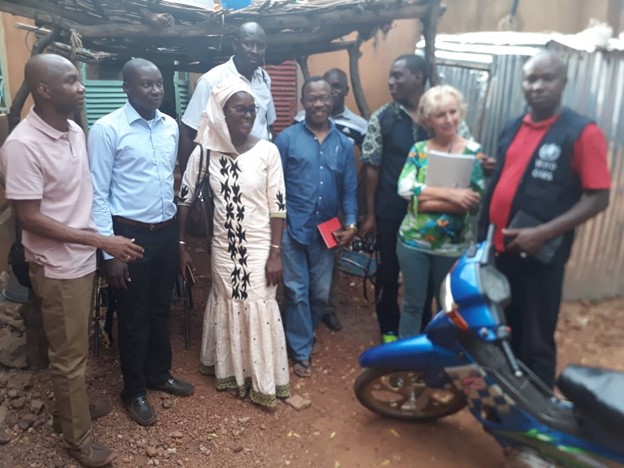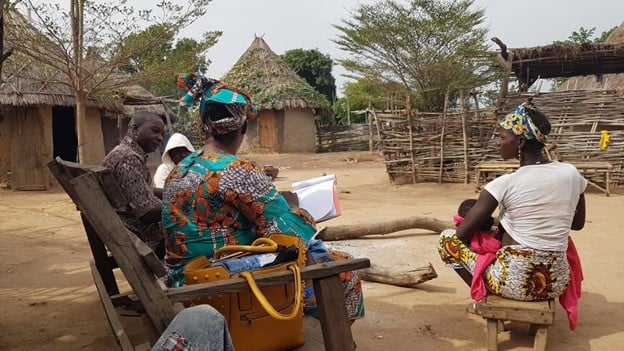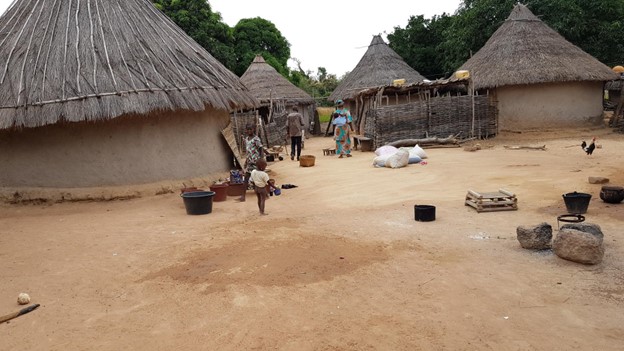Consultative workshop for maternal and neonatal tetanus elimination in the security-compromised northern regions of Mali
Dates: 24 – 31 July 2023
Participants:
Immunization, maternal and child health and planning Managers of the Minister of Health, Mali (National and regional), WHO, UNICEF (HQs, ROs, COs) 
Background:
The lot quality assurance-cluster sampling (LQA-CS) survey, which validated maternal and neonatal tetanus elimination (MNTE) in the six central and southern regions of Mali in 2018, excluded the five northern regions (Gao, Kidal, Menaka, Taoudenni, and Tombouctou), due to limited access to populations resulting from insecurity. A joint WHO / UNICEF assessment mission in 2019 recommended two rounds of tetanus toxoid-containing vaccine (TTCV) supplementary immunization activities (SIAs) in the three regions (Kidal, Menaka, and Taoudenni), at high risk for neonatal tetanus (NT). The SIAs were conducted in 2020.
Insecurity did not allow the use of the classic LQA-CS survey methods in the five northern regions. One of the two alternative methods for MNTE assessment in insecure settings that were endorsed by the WHO Immunization and Vaccines related Implementation Research Advisory Committee (IVIR-AC), was used as a pilot for MNTE validation for northern Mali. This method, which entails a quality audit of the TTCV SIAs rounds was complemented by rapid convenience surveys conducted in two communities in each of the three regions.
It is noteworthy that the five regions in northern Mali are inhabited by only 9% of the total population of the country, though very vast in area.
An eight-day consultative workshop facilitated by WHO & UNICEF (HQs & ROs) was held in Bamako from 24 – 31 July 2023 for the SIAs quality audit. A checklist was used to assess the quality of the SIAs focusing on 1) planning, 2) budgeting / financing, 3) implementation, 4) vaccine and supplies, 5) coordination / supervision, and 6) community engagement. 
Outcomes:
The assessment team concluded that the SIAs rounds in the three regions were of high quality.
Analysis by the assessment team of the results of the rapid convenience surveys, that interviewed a total 360 randomly selected women of reproductive age (WRA), in six communities in the three regions, about their TTCV vaccination status and, clean delivery experiences during their last delivery, showed that >80% of the newborns were protected against tetanus at birth, meeting the elimination threshold. The attainment of this threshold was reported in the three regions. However, the coverage of the elimination threshold of >70% for deliveries assisted by skilled birth assistants (doctors, nurse, and midwives), was not achieved in the three regions. Deliveries that occurred in health facilities also failed to meet the elimination threshold in the three regions.
Since protection against tetanus at birth can either be through vaccination by ensuring adequate doses of TTCV to pregnant women during pregnancies, or through SIAs to WRA outside of pregnancy and/or through high coverage of skilled birth attendance or health facility delivery, the assessment team concluded that MNTE has been eliminated from the five northern regions of Mali. Since the central and southern regions were already validated for elimination in 2018, the validation of the northern regions gives Mali a full validation of the elimination of maternal and neonatal tetanus. 
Link to resource if available
https://www.who.int/groups/immunization-and-vaccines-related-implementation-research-advisory-committee
Author: Yusuf Nasir, The Maternal and Neonatal Tetanus Elimination Initiative, WHO
Further info: The Maternal and Neonatal Tetanus Elimination Initiative
Image 1: MNTE Validation survey team in Kita district, Mali November 2018, WHO
Image 2: A surveyor interviewing a child-bearing age women in a village in Kita district, Mali during the MNTE validation survey in 2018, WHO
Image 3: Surveyors visiting a household in a village in Kita district, Mali during the MNTE validation survey in 2018, WHO
